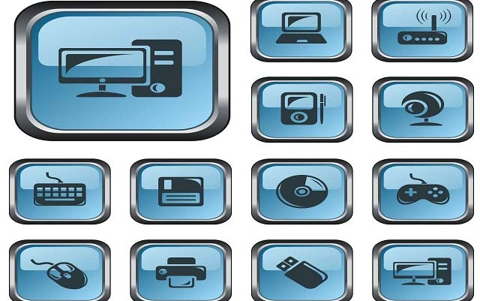Peripherals
In this sequence of lessons students explore different types of peripherals used every day in order to identify the data transmitted. A peripheral is an auxiliary device such as a computer mouse or keyboard that connects to and works with a device in some way.
Additional details
| Year band(s) | 3-4 |
|---|---|
| Content type | Lesson ideas |
| Format | Web page |
| Core and overarching concepts | Digital systems |
| Australian Curriculum Digital Technologies code(s) |
AC9TDI4K01
Explore and describe a range of digital systems and their peripherals for a variety of purposes |
| Keywords | Software, Hardware, Digital devices, Categorisation, Digital systems, Peripherals, inclusive, education, disability, disabilties |
| Integrated, cross-curriculum, special needs | English, Digital Literacy |
| Organisation | ESA |
| Copyright | Creative Commons Attribution 4.0, unless otherwise indicated. |
Related resources
-
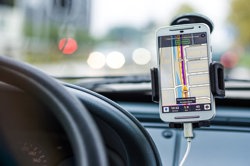
Understanding digital systems (Years 3-4)
Simple ideas for learning about digital systems in the classroom.
-
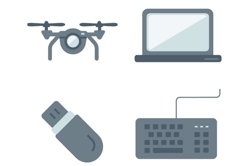
Digital systems cards
These cards can be used for activities to support building knowledge and understanding of digital systems with a focus on the components of digital systems; in particular, hardware and peripheral devices.
-
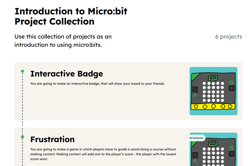
Introduction to Micro:bit Project Collection
A collection of projects that can be used as an introduction to using micro:bits.
-
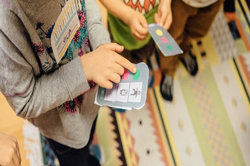
Hello Ruby
This website provides excellent resources for teaching computational thinking and an assortment of pre-programming ideas. The play section has fun activities to learn about computer programming.
-
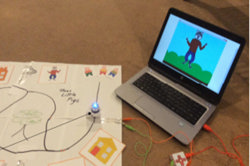
Create a board game that uses an Ozobot
Create a game board where the player is provided with a number of decisions.
-
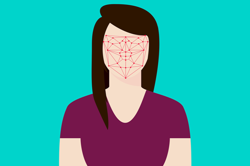
Can AI guess your emotion?
Discuss emotions as a class, and introduce the idea of artificial intelligence (AI).
-
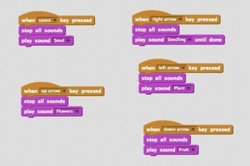
Makey makey interactive poster
Add a Makey Makey to a poster/model or diorama.
-
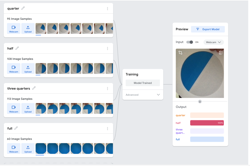
Teaching an AI to recognise fractions
In this lesson plan, students represent fractions and use the Teachable Machine artificial intelligence (AI) to recognise quarter, half, three-quarters and full.
